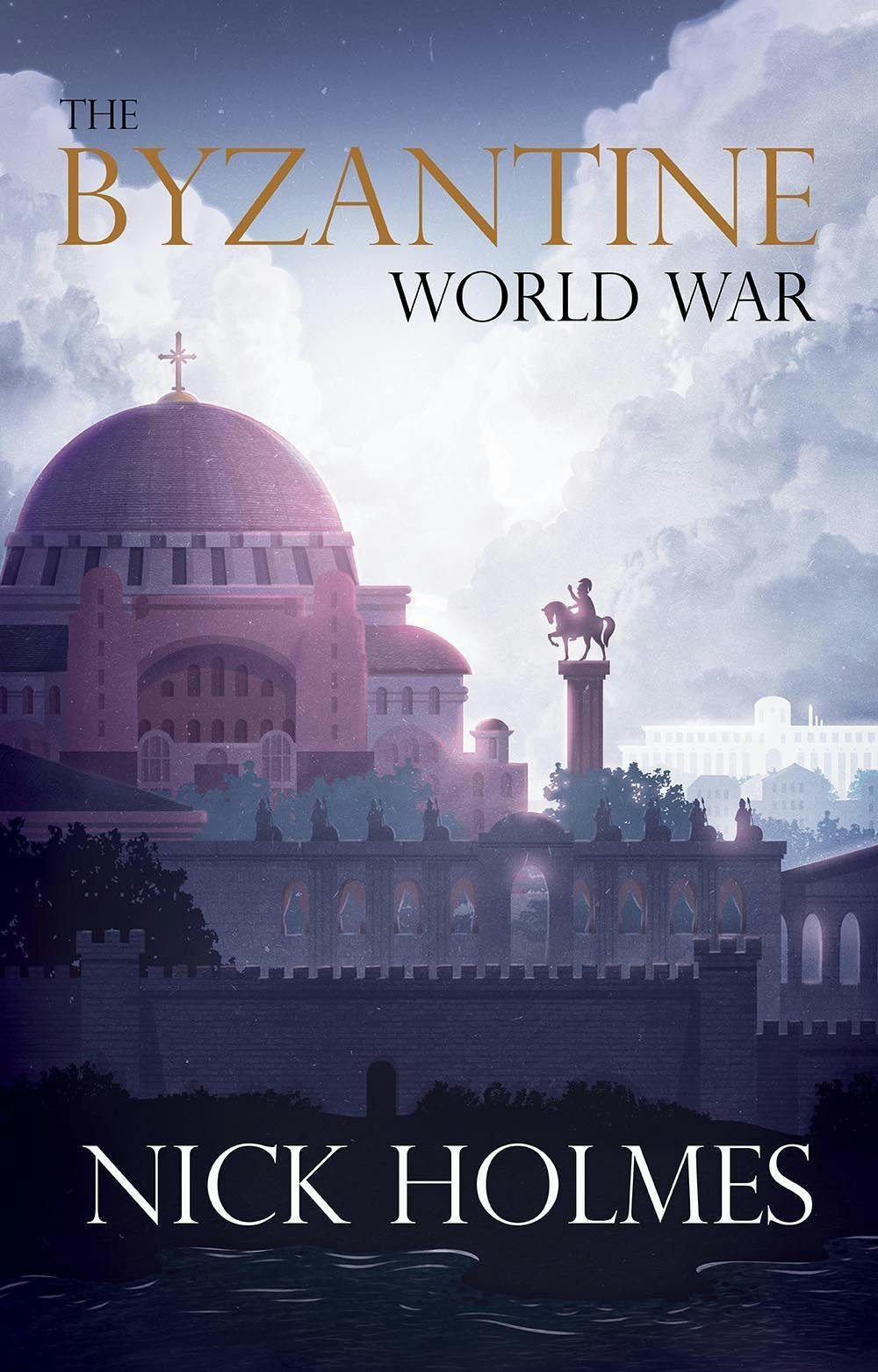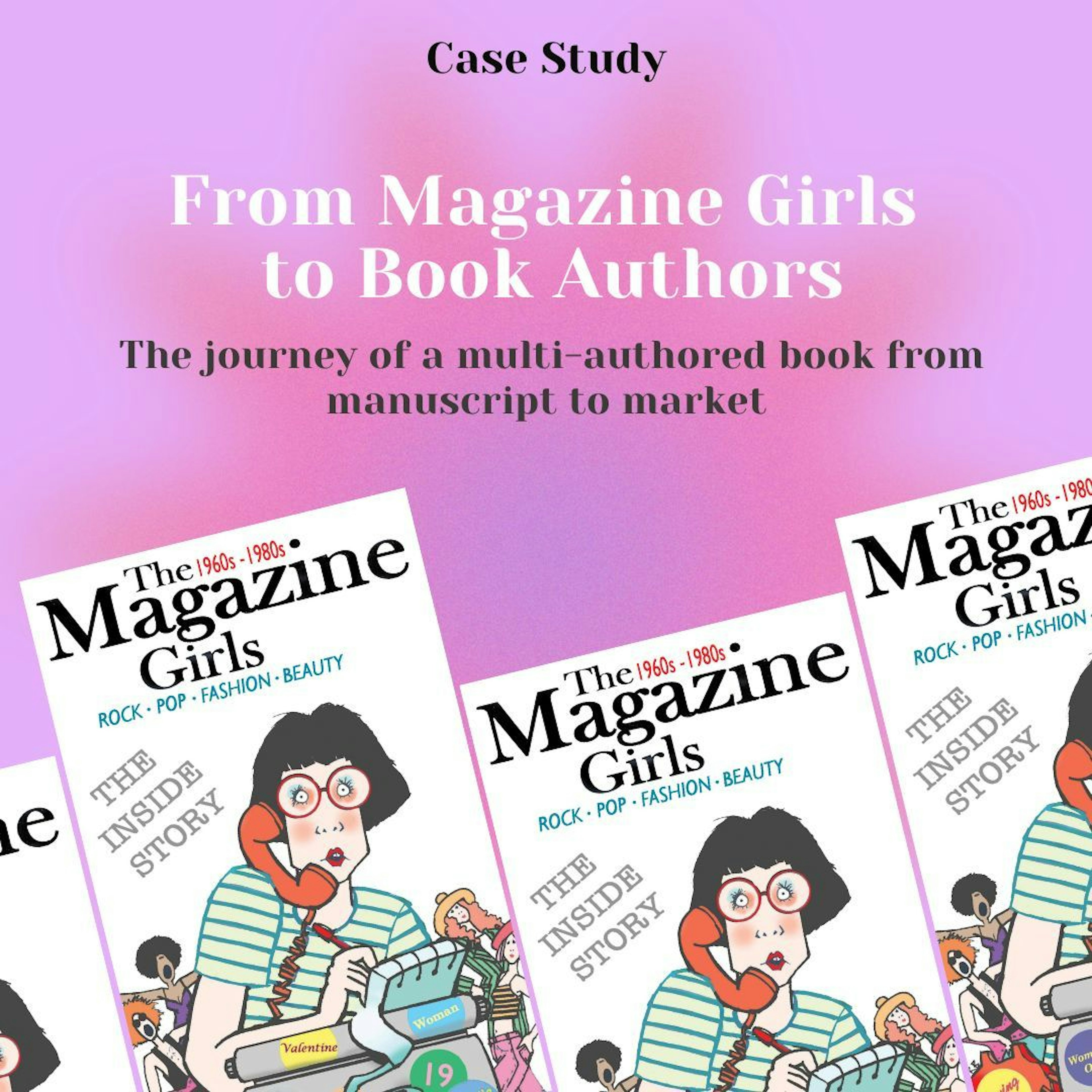
6 min read
From The Magazine Girls to book authors: our journey to publication
Written by:
Troubador Publishing
In this case study we look at the publication journey of the book The Magazine Girls, which has been self-published through Troubador. The Magazine Girls tells the engaging and entertaining story of seven trailblazing female journalists, who found themselves working on the top teen magazines of the 1960s, 70s and 80s, including Rave, Mirabelle, Valentine, Loving, Petticoat and 19. Capturing the challenges, excitement and history of working at the cutting edge of magazine print journalism in its heyday, this entertaining multi-author biography is also sprinkled with anecdotes about mixing with the trailblazers of popular culture of the time – including David Bowie, Elton John, famous fashion designers and photographers. In this case study, two of 'The Magazine Girls' – Linda Newman and Shirley Dunmall – talk about how they captured the recollections of all seven authors and how writing and publishing the book came about. We also hear from the production, digital and marketing teams at Troubador who worked alongside them to produce the beautiful high-quality print and ebook now on sale and being enjoyed by readers.
What is the book about?
The Magazine Girls is a highly entertaining look at life at the top end of magazine journalism from the 1960s when opportunities abounded and the authors found themselves writing about (and mixing with) a new kind of aristocracy – the bands, fashion designers, photographers, make-up artists and models of the time. The book includes memories and personal stories, including tales of the famous names the seven authors interviewed and wrote about.
How did the idea for the book come about?
The authors were inspired to write The Magazine Girls after reading The Sugar Girls, about the girls working in the Tate & Lyle sugar factory in the East End at the time of the London Blitz in the 1940s. While the themes might seem very different, the sense of liberation and new opportunities unfolding shines through both books. Linda explains that after some research they found, ‘There had not been a book written about the experiences of people like us who worked in the magazine industry in its heyday in the 1960s, 1970s and 1980s. This was a unique period both in publishing and culturally. We wanted to fill this gap, telling our own stories, sharing personal anecdotes and bringing the social history to life.’ Shirley adds: ‘We found the writing process eye-opening. We all came at it with a journalistic background, but, having never attempted a book before, it seemed an overwhelming task at times. Could seven writers ever finish a book that was destined to be about 120,000 words long – and remain friends!?’ The answer was, of course! And although the book took five years to write, it was an enjoyable labour of love. ‘We’re so proud of ourselves and each other, that we made it happen. We all had to dig very deep into our memories, and one of the saddest aspects during research, was finding that people we had contact with many years ago, were no longer with us – but conversely, it has been fabulous to rekindle friendships with people we hadn't seen for many years!’ says Shirley.
How did the book production and design happen?
The authors knew from the start that they wanted to self-publish and selected the Matador imprint, part of Troubador, to help them do this. They found the team incredibly approachable when it came to deciding how the book should look and feel. ‘We believed The Magazine Girls was always destined to be a paperback, however, the size and format of the book was very much down to the guidance received from the publishing team, who were hugely helpful. Kelly Coombs at Troubador took care and time and gave wise advice based on her knowledge of the contents of the book as to how the photographs should be used, and the book has turned out very well,’ says Linda. There are 80 photos in The Magazine Girls illustrating the anecdotes and bringing the stories of all seven journalists to life. As well as having fun picking photos from their own collections, the authors also had an eye on copyright – carefully checking if the photos could be reproduced, something that authors who are self-publishing can often overlook. The photos really enhance the look and feel of the title. Beth Archer at Troubador was in charge of taking the book from manuscript to print and really enjoyed working on the title. ‘I loved working on The Magazine Girls; the stories are so interesting and the whole process has been a joy. As there were multiple authors, there could have been extra complications with the production tasks – which involved designing the style and look of the text, laying up the text and photos and getting all the proofing and files ready for print. Linda, however, coordinated all the authors, which meant I could concentrate on getting the production tasks completed and the lovely book to print.’ The worlds of magazine and book publishing are so different, but as Linda says, ‘It’s been a great learning curve!’ and the final books show the care and dedication of the authors and Troubador’s production team.
What marketing has been planned?
As with all marketing, it’s really important to consider the target readership, even when writing and publishing. Linda says, ‘We believe our book has an audience waiting. The main readership will be female readers of 50 years plus who were/are magazine lovers who bought magazines in their droves and who want the inside story on how everything was put together – while taking a nostalgic trip down memory lane, as our personal stories will at various points reflect their own.’ With an enviable little black book of journalists and media contacts, the magazine girls have been working hard on their marketing, supported by Troubador’s marketing team, who looked after the trade release. ‘Without a proper trade release, a media campaign is wasted, so the first thing we do, several months before publication, is to get the all-important metadata set up for the book, enabling the title to be listed on retailers’ systems and ready for order upon publication,’ explains Jonathan White, the Sales and Marketing Manager at Troubador. ’This ensures that when the media campaign starts, the book is available and discoverable and orders can easily and simply be fulfilled by our on-site warehouse and distribution team.’ As for the PR and publicity, they have already received advance endorsements from luminaries such as TV presenter Lorraine Kelly and the book will also – very appropriately – be the Book of the Month in Hello!
What about digital publishing?
While ebooks and magazines were non-existent in the early career of all our ‘Magazine Girls’, ebooks are now a hugely important part of any sales and marketing strategy, and so the authors opted for an ebook to make sure that they could reach the widest audience possible. Andrea Johnson, from Troubador’s digital team, was in charge of the ebook conversion. She says, ‘The main aim when creating the ebook was to ensure that as much of the beautiful typeset from the printed book was retained while ensuring that the ebook was compatible on all e-reading devices. One of the main changes that had to be made was the placement of images. In the printed book, a lot of the images had text wrapped around them, which is something we can’t do in an ebook. In these cases, we moved the images underneath the closest paragraph, aligning them in the centre and making them consistent. Consistency is key when it comes to ebooks, as we want the end result to be neat and clear to read. The completed ebook was sent to all of 'The Magazine Girls' to get their opinions before it was released for sale. It was really lovely to hear their feedback, and aside from a few changes to the image placement, the proofing stage was very smooth. Being able to illustrate how the ebook differs from the printed book and showing the advantages it has over the printed book (such being able to change the font size and font type) really helped them to see the different readers the ebook could reach and how they could develop a marketing strategy to promote it.’ In summary, it has been a joy to work alongside the multiple authors to learn more about their stories and how, by self-publishing with Troubador, they can bring their experiences to a whole new audience with both their book and ebook. Learn more about The Magazine Girls here.
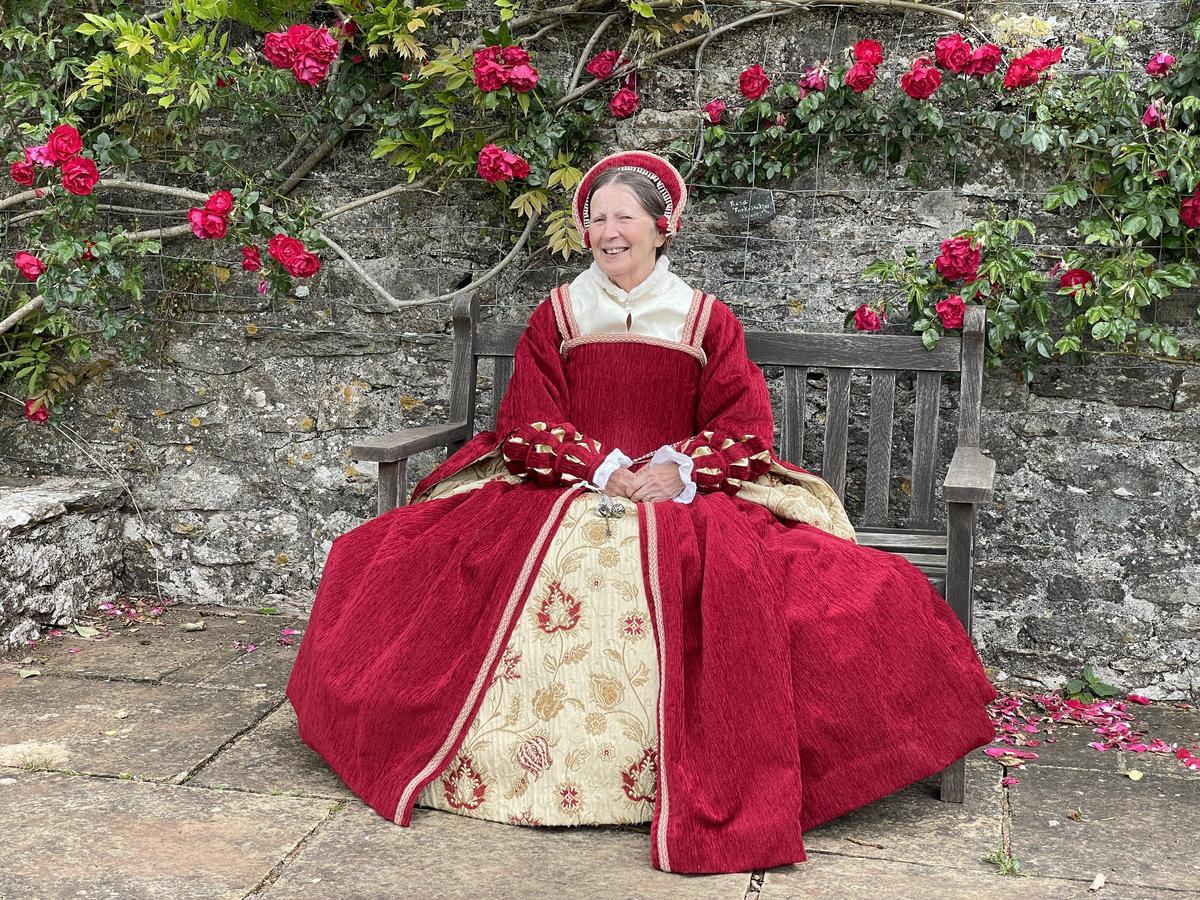
Alex Thompson
Rosemary Griggs: Turning a Passion into a Profession

Alex Thompson
D.S. Getson: How Tragic Family History Inspired my Historical Fiction
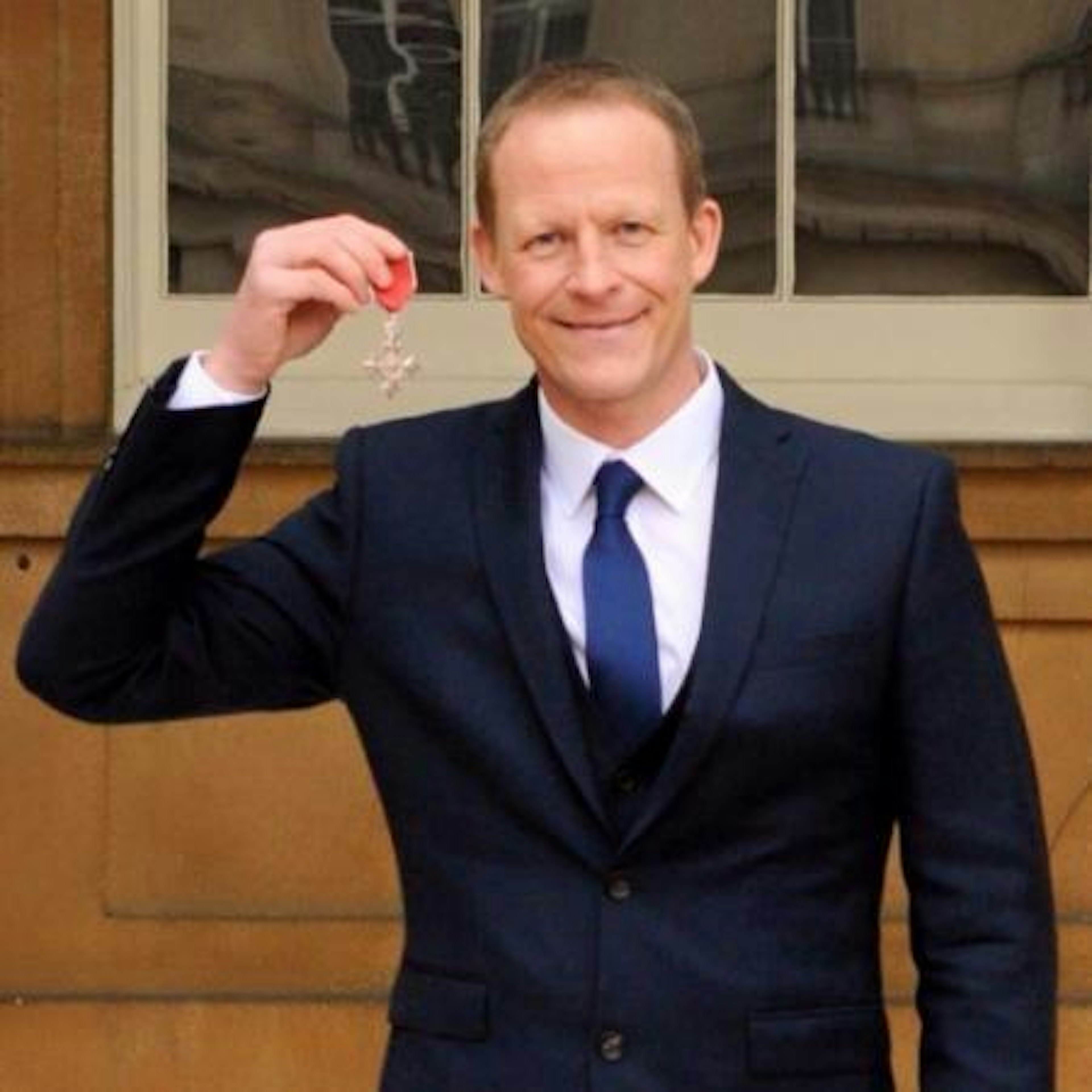
Alex Thompson
Steve Hill: Inspiring the Next Generation
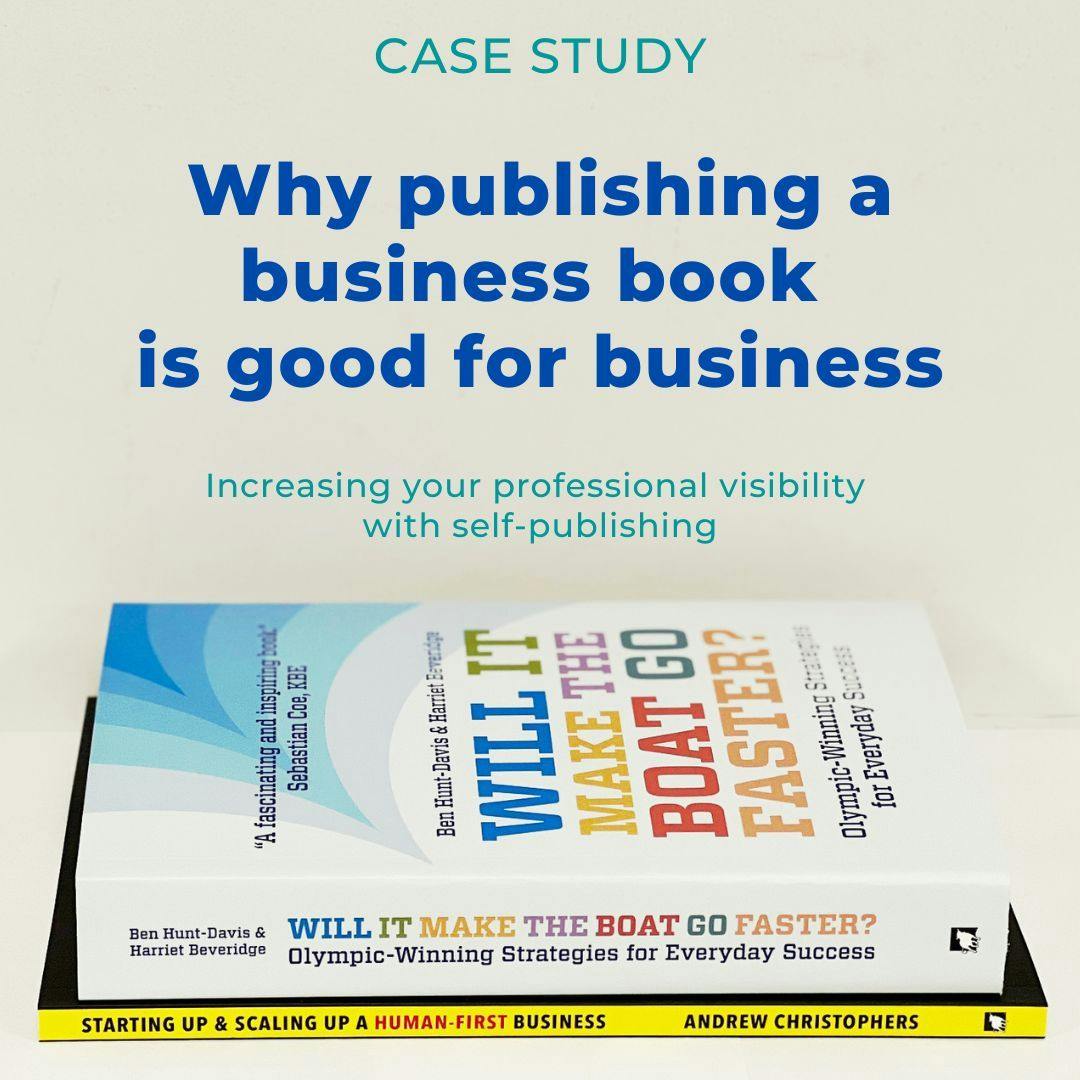
Why publishing a business book is good for business
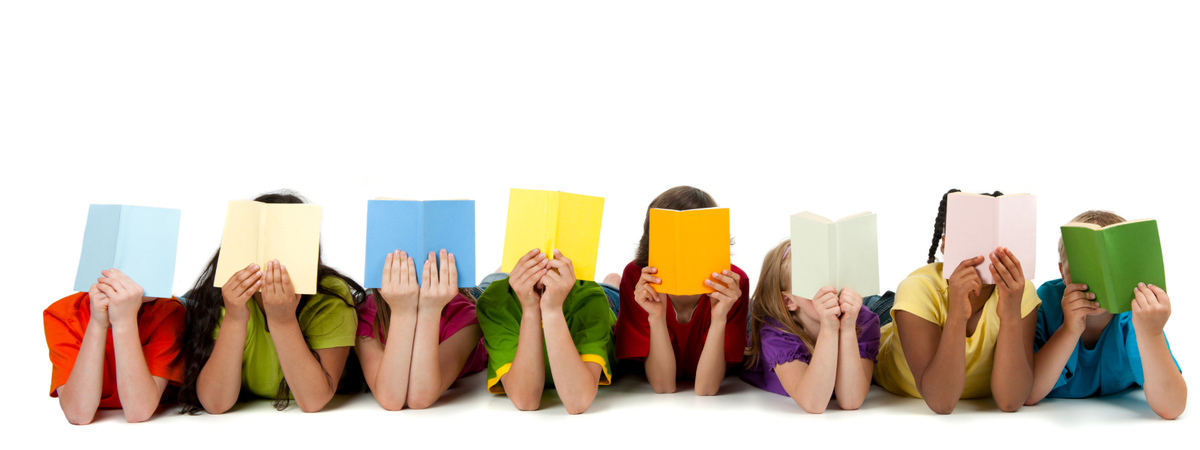
The Art of Storytelling: Uncovering the Inspiration for Writing Children's Books
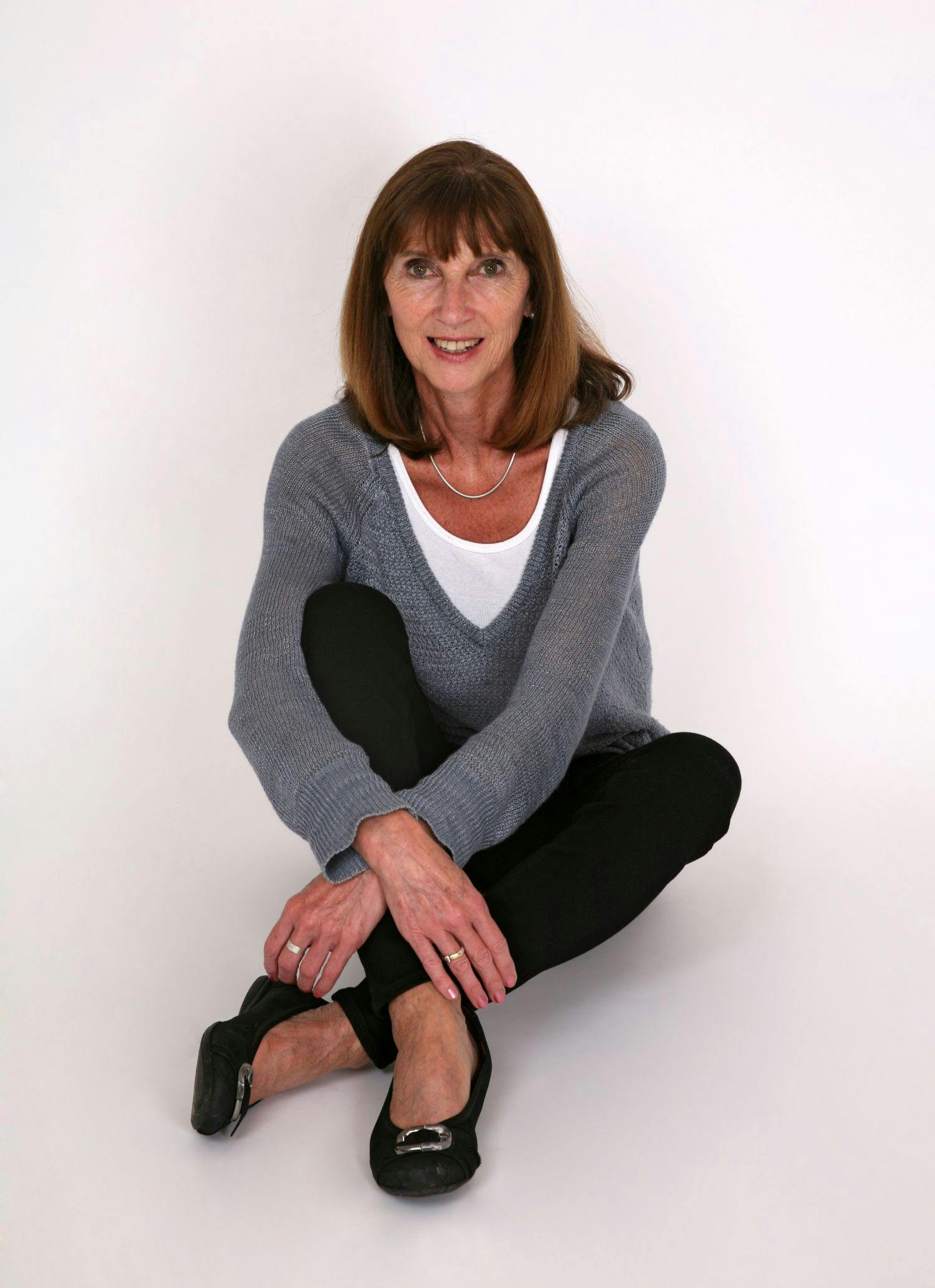
Troubador Author Interviews - Jude Hayland

The Pursuit of Perfection
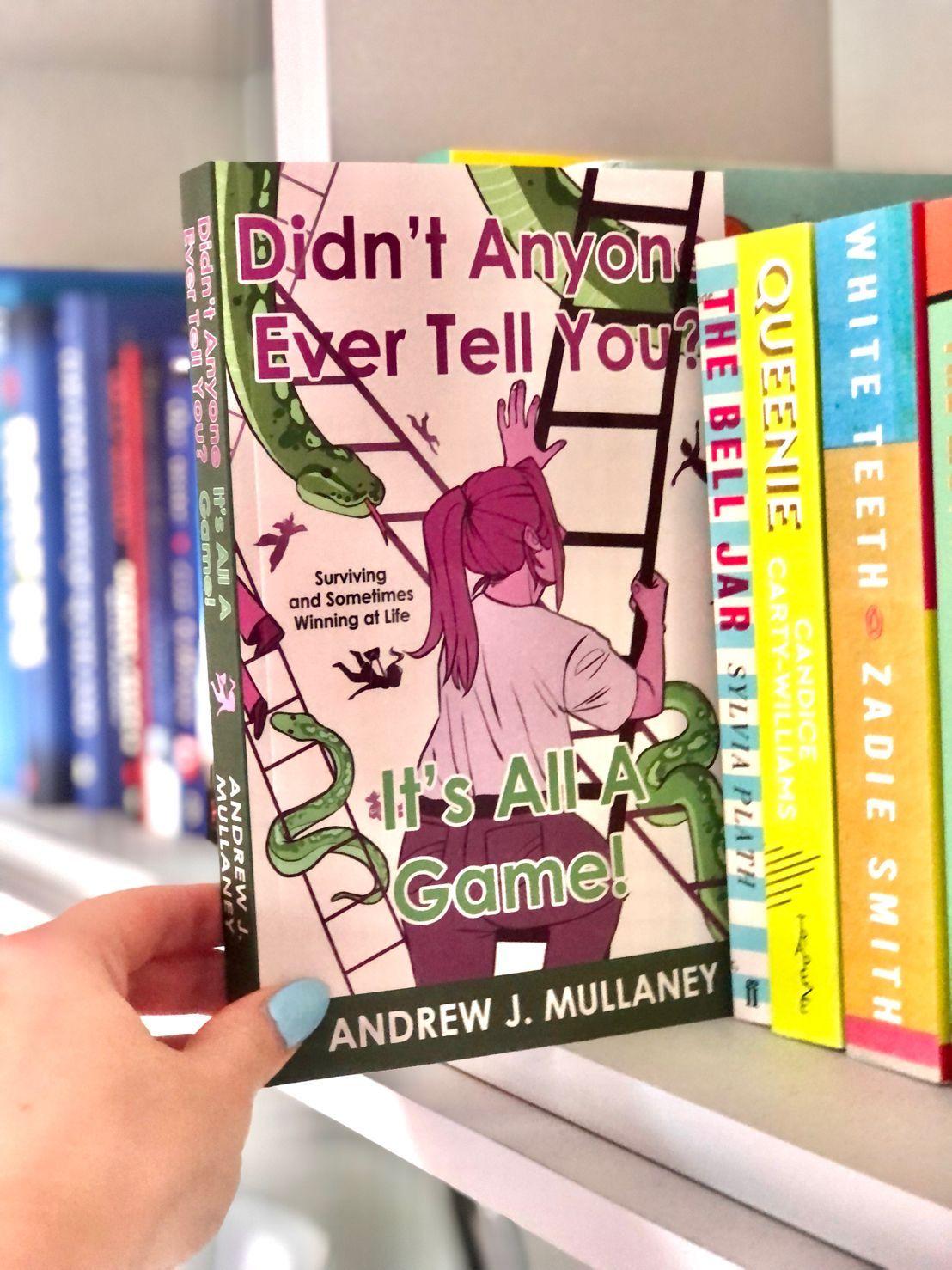
Self-Publishing with Troubador - An Author's Experience by Andrew Mullaney
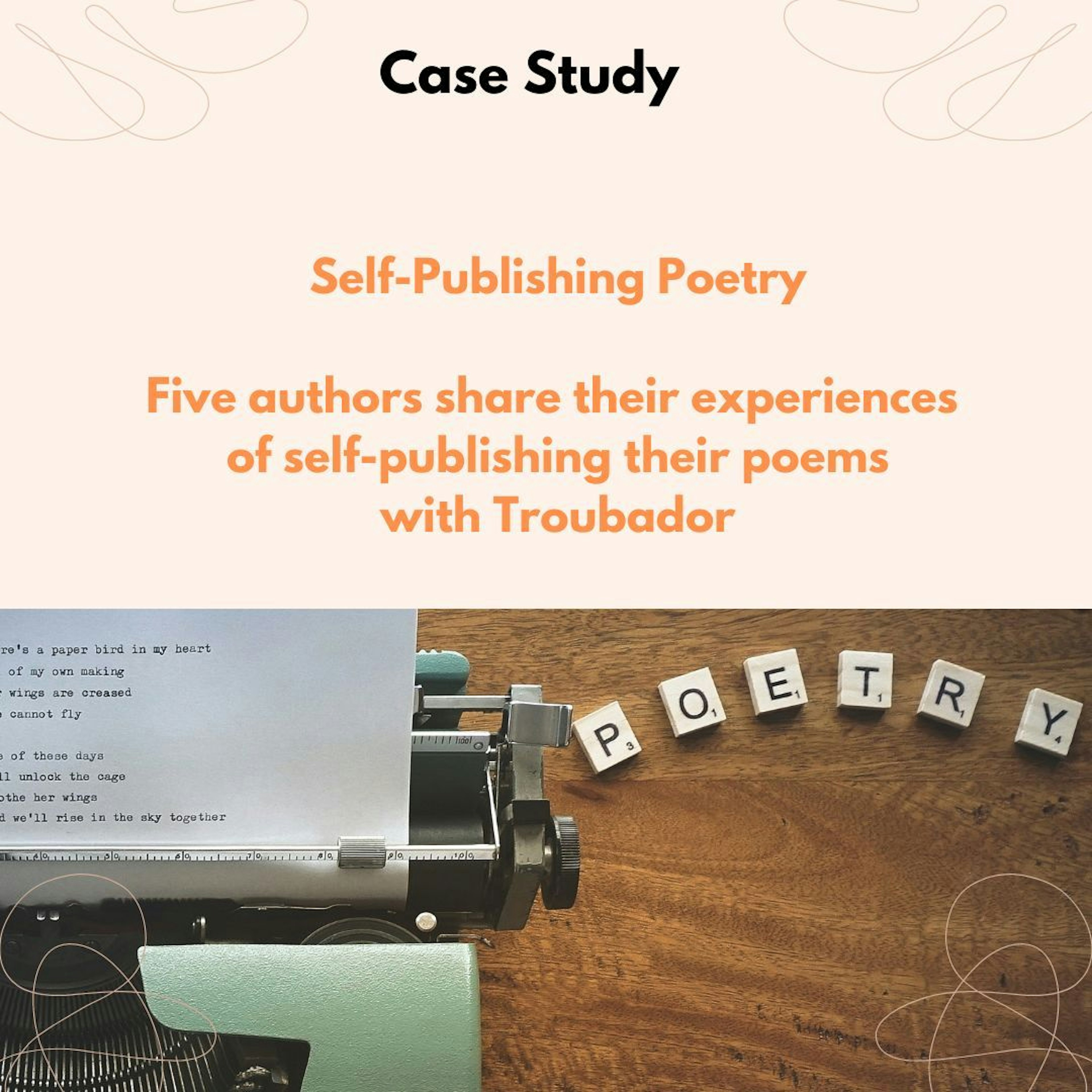
Poetry Publishing Case Study
